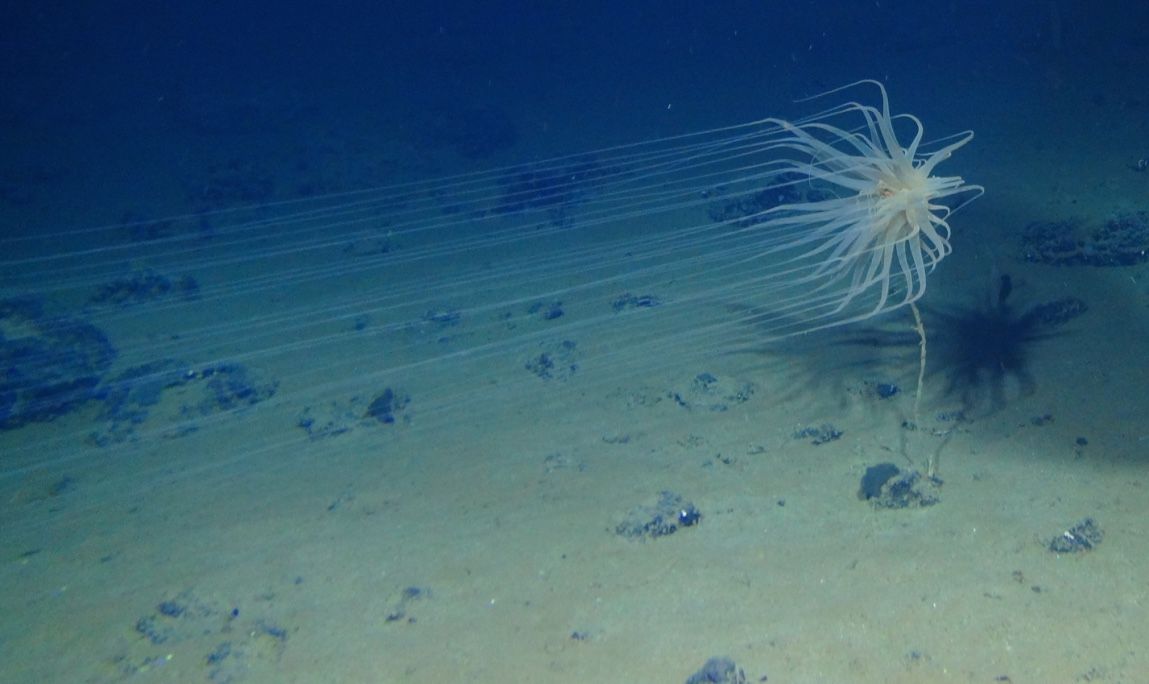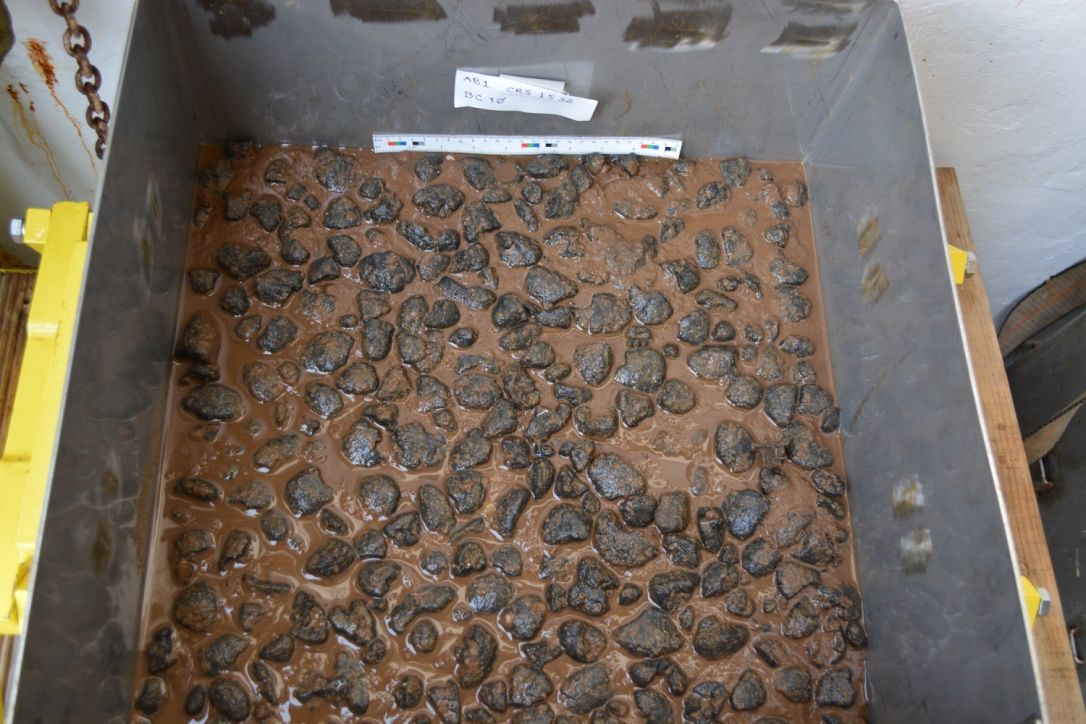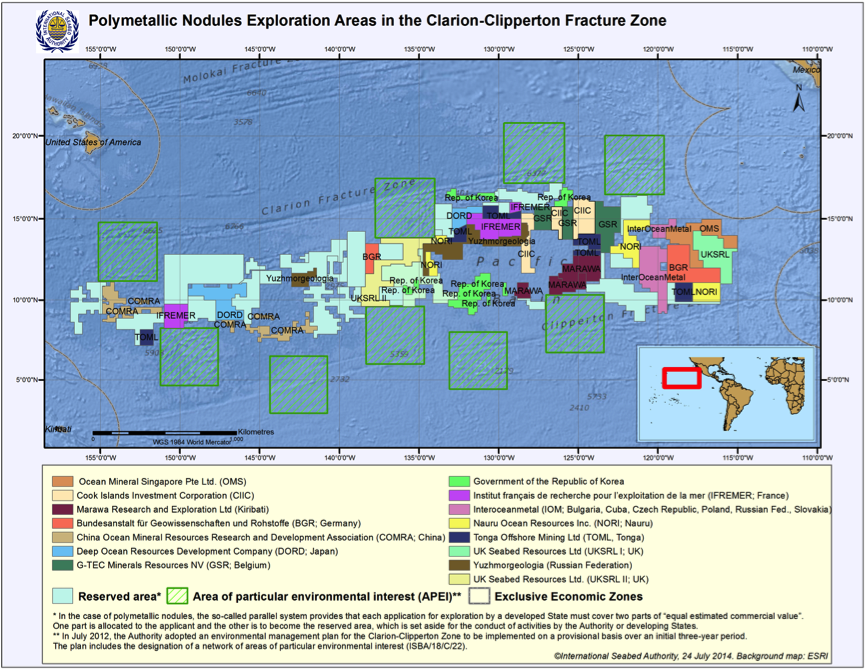December 07, 2016 | Nautilus
Around 500 miles southeast of the bright turquoise waters at Honolulu Harbor, and two and a half miles down to the dark ocean floor, a massive carpet of potato-sized rocks stretches thousands of miles on the seabed. These rocks, called polymetallic, or manganese, nodules, are made up of manganese, nickel, copper, and cobalt. The nodules’ growth is one of the slowest geological processes in the world—it takes millions of years for one to grow a couple of millimeters: Tiny particles precipitate from the surface of the ocean to the seafloor and conglomerate around a core, like a rock or a shark tooth, and create a nodule.
To read more, see: http://nautil.us/blog/a-new-threat-to-oceans-deep_sea-mining-for-precious-metals





